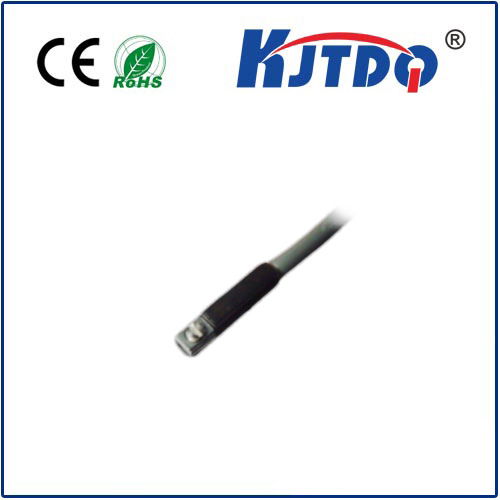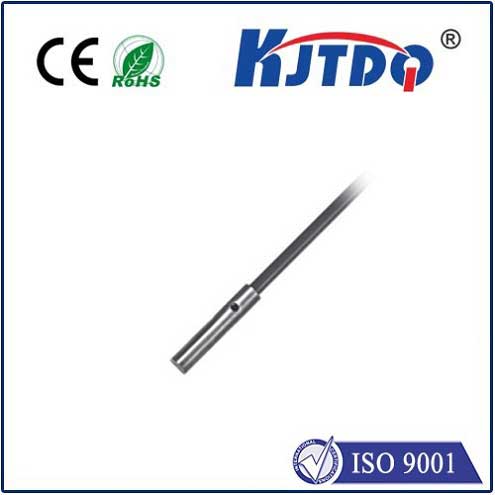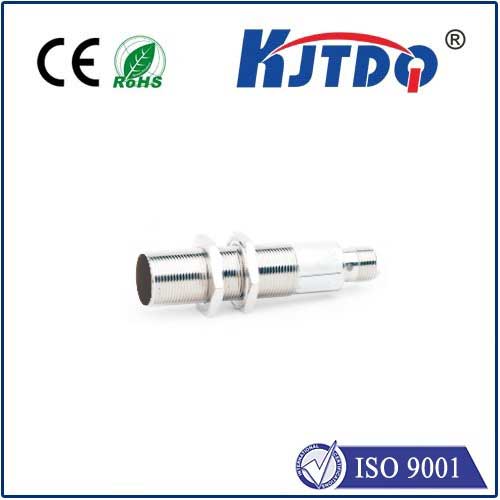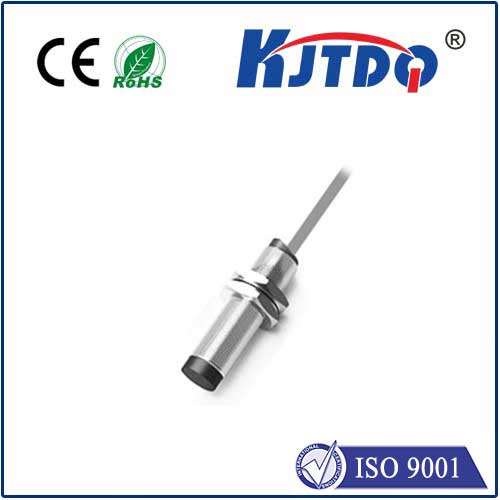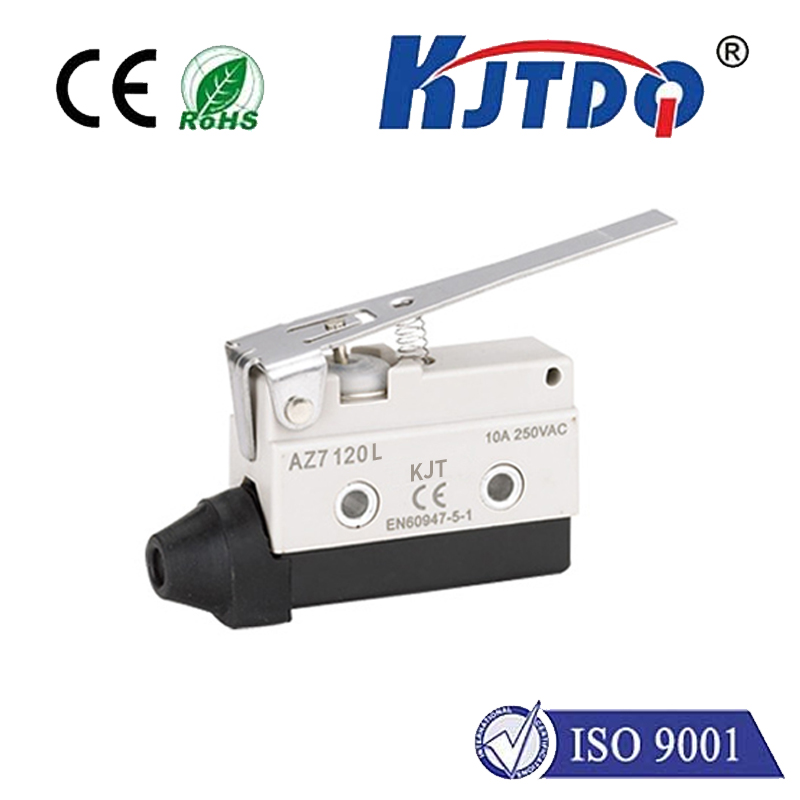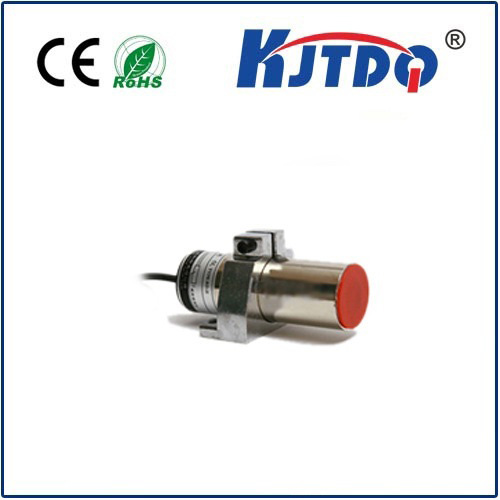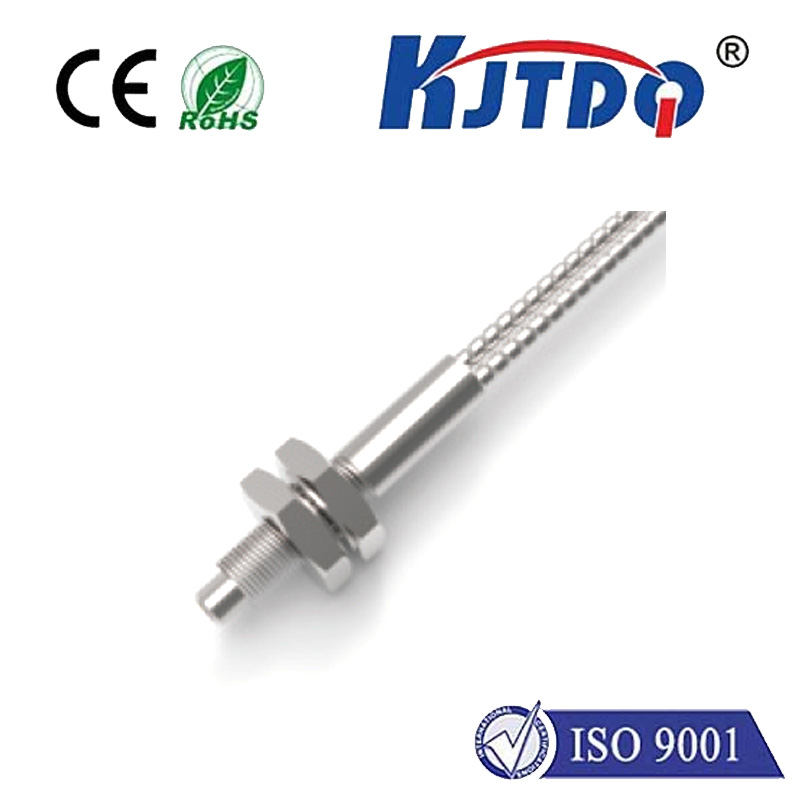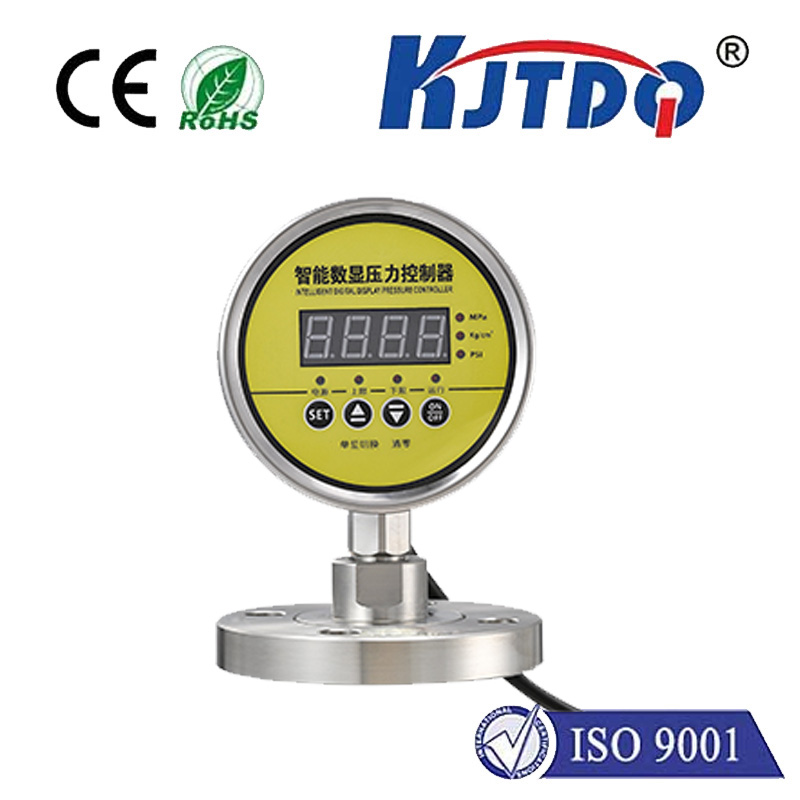Understanding Normally Closed Proximity Sensors: Your Key to Reliable Detection in Modern Automation
Have you ever wondered how factory machines flawlessly halt when a worker gets too close, preventing dangerous accidents? Or how automated doors slide open only when someone approaches, ensuring seamless access? This invisible magic is powered by proximity sensors, and among them, the normally closed proximity sensor is a hidden hero. Unlike its counterparts, this sensor operates on a simple yet brilliant principle: it stays “on” by default and switches “off” when it detects an object. This fundamental behavior makes it indispensable in safety-critical and precision-driven systems worldwide. In this article, we’ll explore how normally closed proximity sensors work, why they’re trusted in industries like manufacturing and robotics, and how to leverage their strengths for your applications.

As a cornerstone of modern sensing technology, a normally closed proximity sensor is defined by its electrical state under normal conditions. Specifically, in the absence of a target object, the sensor’s output circuit remains closed, allowing current to flow continuously. When the sensor detects a nearby object—such as metal in an inductive variant or any material in capacitive types—it triggers a reaction that opens the circuit, interrupting the current. This “closed to open” transition provides a fail-safe advantage: if power or the sensor itself fails, the circuit defaults to closed, signaling an “issue” state that can immediately halt machinery. This contrasts with normally open sensors, which stay “off” until detection. For instance, in an industrial setting, an индукционный датчик приближения might use electromagnetic fields to sense metallic parts on a conveyor belt. Upon detection, the circuit breaks, signaling an automation system to stop the belt. This inherent reliability stems from minimizing false triggers; potential interference or debris buildup won’t mistakenly “activate” the sensor since it’s designed to react only to actual proximity events.
The operation of a normally closed proximity sensor hinges on how it processes changes in its environment. These devices often rely on key technologies like inductive, capacitive, or magnetic principles. Take an inductive sensor, for example: it generates an oscillating electromagnetic field from its coil. When a metal object enters this field, eddy currents are induced, altering the oscillation. This change is detected by the sensor’s circuitry, prompting an electronic switch to open the output. The beauty here is the fail-safe nature: in scenarios where safety is paramount, such as guarding robotic arms or monitoring door positions, the normally closed configuration ensures that a fault or loss of power defaults to a “safe” state—often linked to an emergency stop. This reduces risks in high-stakes environments like automotive assembly lines or packaging plants. Additionally, capacitive variants work similarly but detect non-metallic objects by sensing changes in dielectric properties, making them versatile for applications involving liquids or plastics.
Why choose a normally closed proximity sensor over other types? The primary advantages lie in enhanced safety and robustness. Since it defaults to a closed circuit, it inherently supports redundancy in fail-safe systems. For instance, in a fire exit door system, the sensor’s closed state might keep the door unlocked normally; if someone approaches, it opens the circuit to lock the door automatically, preventing unauthorized access while ensuring egress during emergencies. This logic minimizes downtime and maintenance costs, as sensor failures typically trigger alarms rather than undetected malfunctions. Moreover, these sensors excel in noisy industrial environments where electrical interference or vibration is common—their design inherently resists spurious activations. Key applications include elevator safety mechanisms, where sensors detect obstructions on landing doors, and conveyor systems that pause upon detecting misaligned items. Real-world implementations show that NC sensors contribute to energy efficiency, too; by only drawing power during state changes, they reduce overall consumption in IoT-enabled networks.
When selecting and installing a normally closed proximity sensor, several factors ensure optimal performance. First, consider the sensing range—typically from millimeters to centimeters—based on object size and distance requirements. For inductive models, metal composition matters; ferrous metals like iron are detected more reliably than non-ferrous ones. Environmental conditions like humidity, temperature, or exposure to chemicals dictate the sensor’s housing material, such as stainless steel for corrosive settings. Mounting is critical: align the sensor perpendicular to the target path to avoid missed detections. Wiring follows a straightforward approach: connect the output to a PLC (Programmable Logic Controller) or relay, where the closed state might represent a “ready” signal and the open state an “object detected” alert. Always test the sensor under operational conditions to confirm its response time and hysteresis (the gap between activation and deactivation points). For maintenance, keep sensors clean from oil or dust buildup, which can impair accuracy, and integrate them with diagnostic tools for predictive upkeep in smart factories. By prioritizing these aspects, users can maximize reliability and extend the sensor’s lifespan.
In terms of innovations, the normally closed proximity sensor continues evolving with digital trends. Advancements like IO-Link compatibility enable real-time data transfer and remote monitoring, integrating NC sensors into Industry 4.0 ecosystems. This allows for predictive analytics, where sensor data anticipates wear or optimizes processes, such as in automated warehouses detecting pallet positions. Compared to optical or ultrasonic alternatives, NC sensors offer cost-effective, durable solutions with no moving parts, ensuring long-term dependability. Ultimately, their role in enhancing operational efficiency and mitigating hazards underscores why they remain a staple in automation, from manufacturing floors to smart buildings. As technology progresses, these sensors will likely adapt to new materials and miniaturized designs, further embedding them into our daily automated interactions.
